Motorola Edge 20


The Motorola Edge 20 is a tidy, competent mid-range smartphone with an unusually fluid 144Hz display. It isn’t quite as compelling a package as the OnePlus Nord 2, and it isn’t the outstanding value of the Poco F3, but it’s a classy alternative.
Pros
- Very thin, light design
- Unusually fluid 144Hz display
- Decent performance from Snapdragon 778G
- Flexible camera set-up
Cons
- Design unstable on flat surfaces
- Camera bad in low light
- No stereo speakers
Availability
- UKRRP: £429.99
Key Features
- ChipsetSnapdragon 778G
- Rear camera108MP wide, 16MP ultrawide, 8MP telephoto
- Front camera32MP
- Battery size4000mAh
- RAM/Storage8GB/128 or 256GB
- Screen size6.7-inch, 144Hz
- Dimensions163 x 76 x 7mm
- Weight163g
Introduction
The Motorola Edge 20 is another phone to enter the mid-market fray, offering a classy design, capable performance, and an unusually rapid display for £430.
These are shark-infested waters in which Motorola is choosing to swim, with the OnePlus Nord 2 and the Xiaomi Mi 11 Lite 5G making strong statements for slightly less money in recent months. The Poco F3, meanwhile, costs a good £100 less.
If anyone knows how to make an impressively well-rounded phone for a limited budget, however, it’s Motorola. With a fresh design language and one or two stand-out components, the Edge 20 is out to impress.
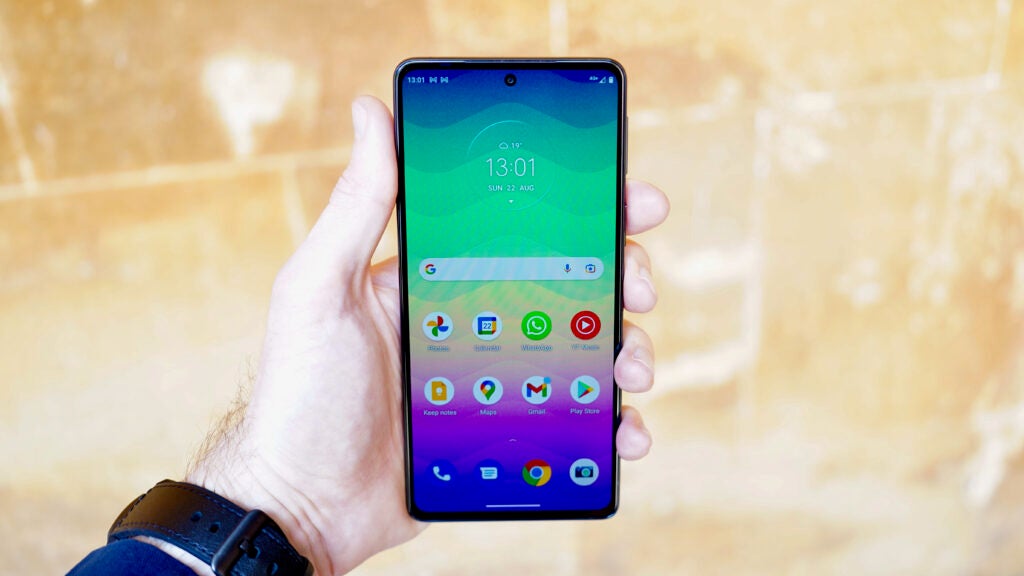
Design and Screen
- Curiously edge-less metal-and-plastic design
- Only Gorilla Glass 3 and no IP rating
- 6.7-inch AMOLED with 144Hz refresh rate
Motorola has lost its edge with the Motorola Edge 20. Quite literally. The original 2020 version of the Motorola Edge was so-named because of its pronounced dual-curved display, but there’s no sign of it here.
Its successor is as flat as a pancake, and almost as thin at 7mm, with not so much as a hint of a curve to its display. Motorola calls it a “2.5D” screen, but that seems like a rather creative use of the term.
This isn’t a criticism of Motorola’s approach, though. The general trend seems to be away from impractically curved displays, and the Moto Edge 20 feels more usable day to day as a result of the shift. It’s incredibly light for its size, too, at just 163g.
The phone’s aluminum edges – by no means a common provision at this price – are also flat, combining to make it feel somewhat like a wider, less premium Sony Xperia 1 III. Talking of those edges, Motorola has positioned its power button (complete with reliable integrated fingerprint sensor) unusually high on the right edge. That has a knock-on effect for the volume rocker, which feels ludicrously high.
Similarly, on the left edge, there’s a small Google Assistant button that feels so high that I frequently forgot it was even there. That might be something to do with the lack of basic utility, and it’s a shame this button isn’t customisable in the otherwise useful Moto app.
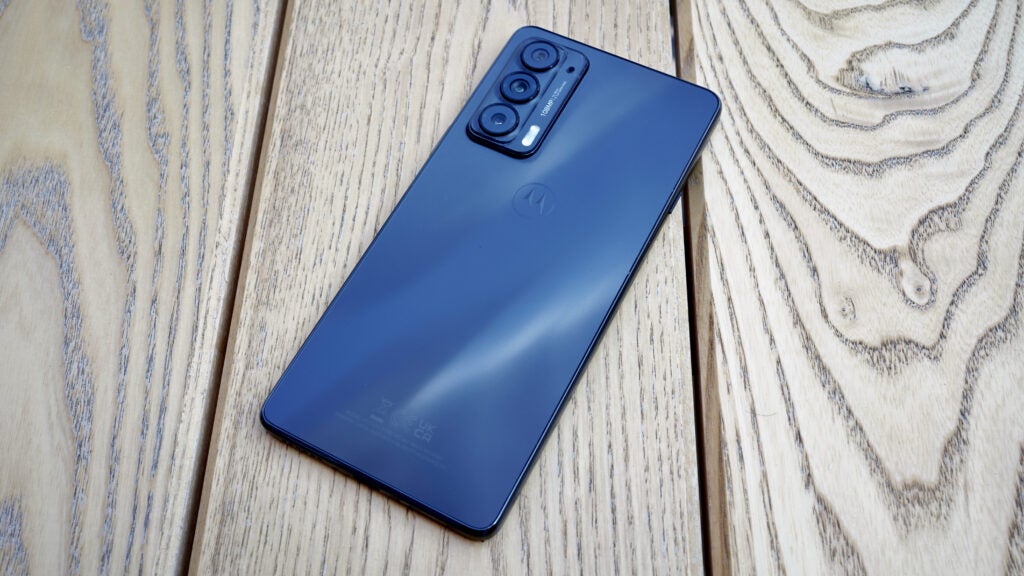
While the Edge 20’s body is metal, the rear panel is plastic – or PMMA (polymethyl methacrylate), to be precise. This is a transparent synthetic resin that’s often used to replace glass in shatter-proof windows. It doesn’t feel cheap, though, thanks to a shimmering-matte finish (if that isn’t too much of a contradiction) that gives the impression of glass.
Our model is the fairly unpromising-sounding Frosted Grey, but it picks up flashes of surrounding colours depending on how you angle it. More generally, it sometimes looks stealthy and black, and at others almost blue.
The front of the phone shows faint signs of compromise other than that lack of a physical edge. Motorola has gone with Gorilla Glass 3 in its construction, which is quite an old standard now. More broadly, there’s no IP rating here either, with Motorola only confirming that the Edge 20 design is “water-repellent”.
I may have mis-spoken when I likened the Edge 20 to a pancake just then. I dare say no combination of flour, eggs, and milk has ever rocked and clattered around on a flat surface quite so disconcertingly. That’s down to a two-tiered camera module – three, if you include the phone’s pronounced camera lenses – positioned in the top-left corner of the rear panel, which leaves the handset feeling unusually precarious when you lay it down.
While the Motorola Edge 20’s design is a little prosaic, its display is quite eye-catching. It’s a 6.7-inch AMOLED that gets reasonably bright. I recorded it as hitting 483 nits in its default Saturated colour setting, and 408 in Natural. The latter is far more colour-accurate, however, yielding a white point of 6477K.
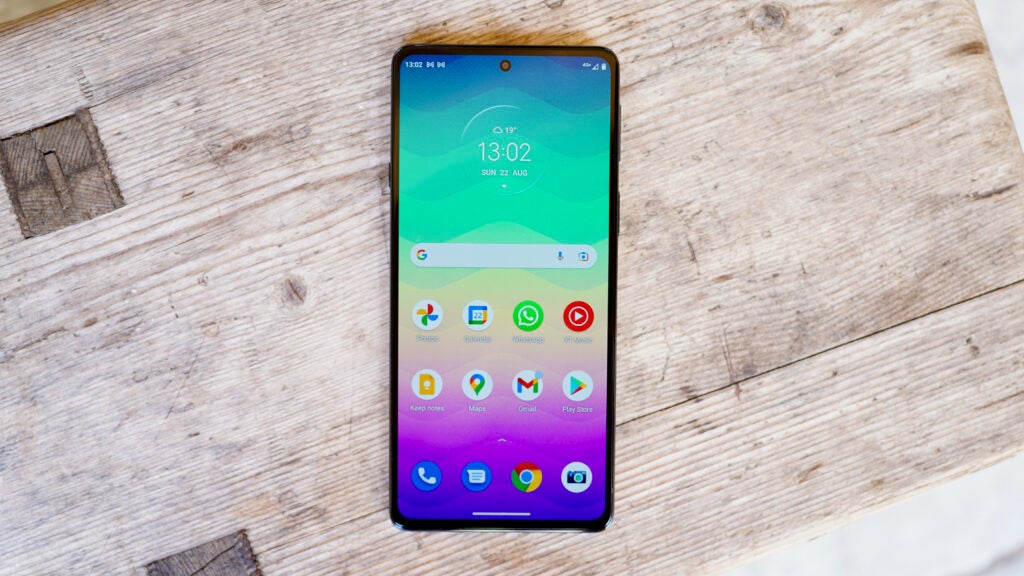
Natural mode also supplies solid, if unspectacular, colour gamut coverage of 98.1% sRGB, 70.8% Adobe RGB, and 72.9% DCI-P3. That isn’t quite up there with flagship efforts from Apple, OnePlus and Samsung, but it’s still decent.
More impressive than these basic metrics is the Motorola Edge 20 display’s refresh rate. At a time where some £400 phones still offer 90Hz (the Xiaomi Mi 11 Lite 5G) and even 60Hz (the Sony Xperia 10 III) displays, the Edge 20 goes all in with a 144Hz offering.
Is this a noticeable improvement over the 120Hz refresh rate used by most flagship phones? No, it doesn’t really feel like an improvement at all, but it does feel nice and smooth. You’ll have to turn this provision on, however, since the Auto mode will only increase the refresh rate up to 120Hz when the situation calls for it.
Which kind of reinforces my suspicion that the 144Hz is a bit of a headline-grabbing gimmick here. True, there are gaming phones that offer this spec. But they’re in the minority for a reason, and they at least have the top-level processing power and specific use-case scenario to justify such an inclusion.
Camera
- 108MP main sensor
- 16MP ultra-wide, 8MP telephoto
- Strong shots in good lighting, weak in low-light and night conditions
Unlike with last year’s Edge lineup, Motorola has brought a 108-megapixel sensor to the entire Edge 20 range, not just the top model – which is called the Pro this year, rather than the Plus.
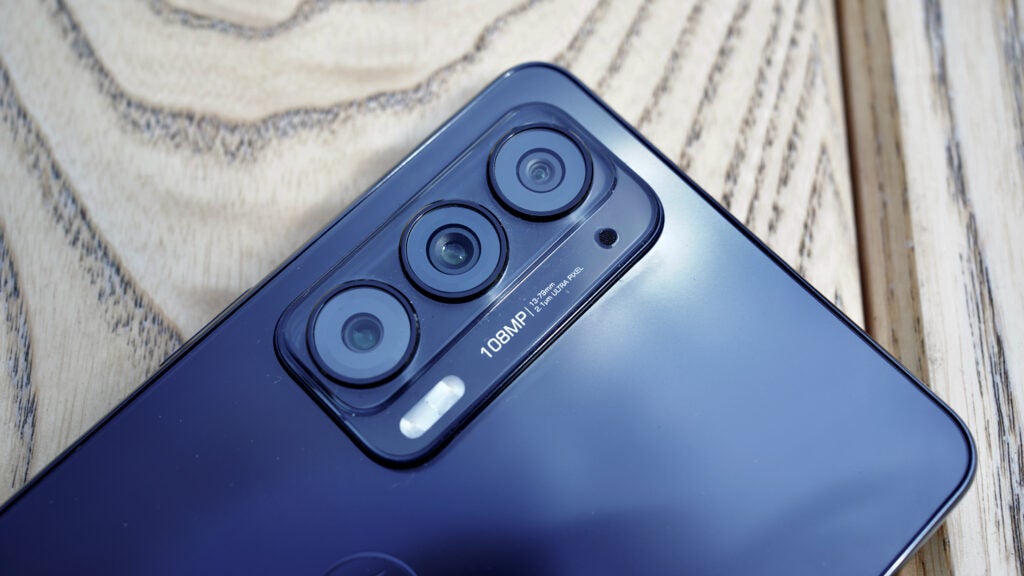
That 108-megapixel image sensor has been making its way into a lot of mid-range phones in 2021, with generally decent results. Once again, it utilises a pixel-binning technique to produce brighter shots. In this case that translates to a 9-in-1 process, which yields 12-megapixel “Ultra Pixel” shots.
In strong lighting, some of the shots I obtained were fabulous. On a sunny day, several close-up shots of flowers and plants were genuinely excellent, packed full of colour and detail.

Motorola’s auto-HDR facility did well to balance out some awkward exposure scenarios, too, such as bright skies over a clump of shady trees or a dingy old church.

As the light levels dropped, however, so did the quality of the images captured – sometimes, quite alarmingly. Whether it’s the lack of OIS playing a part or an image processing deficiency, reasonably lit indoors shots became noisy and indistinct. Night mode shots, meanwhile, packed lots of disconcerting grain, despite being reasonably bright.
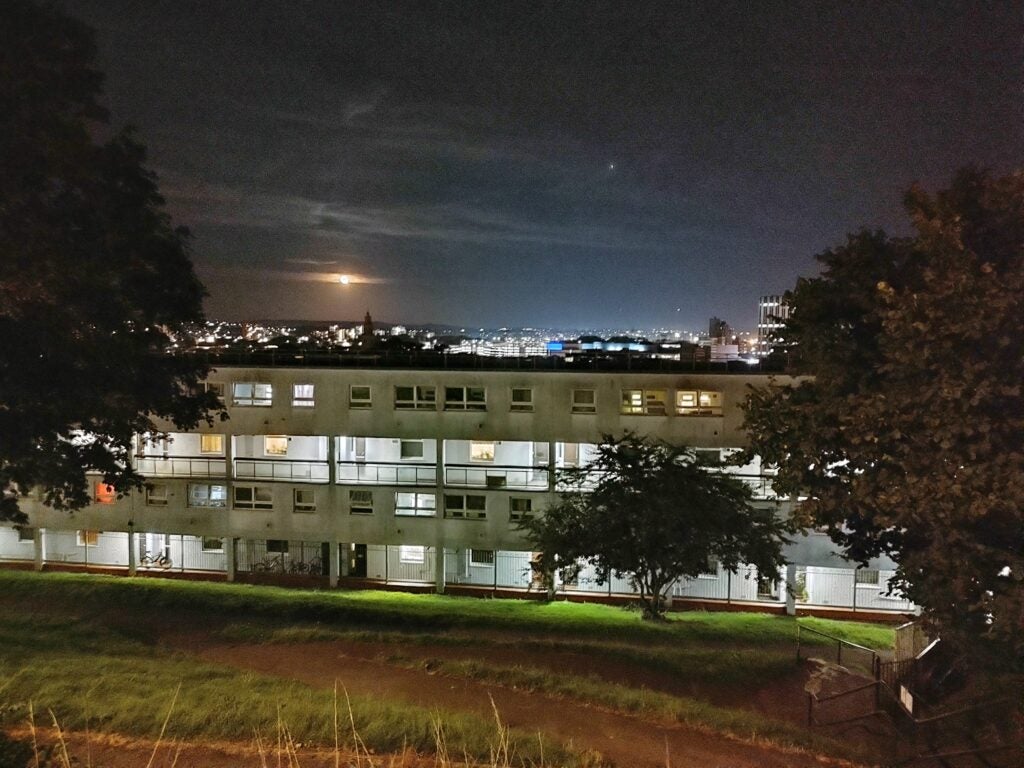
The 16-megapixel ultra-wide sensor isn’t anything to write home about, but it’s competent – and that’s not always something you can guarantee at this price. Its tone is noticeably warmer than that of the main/wide sensor, and detail is worse. It’s an adequate provision, but nothing more.

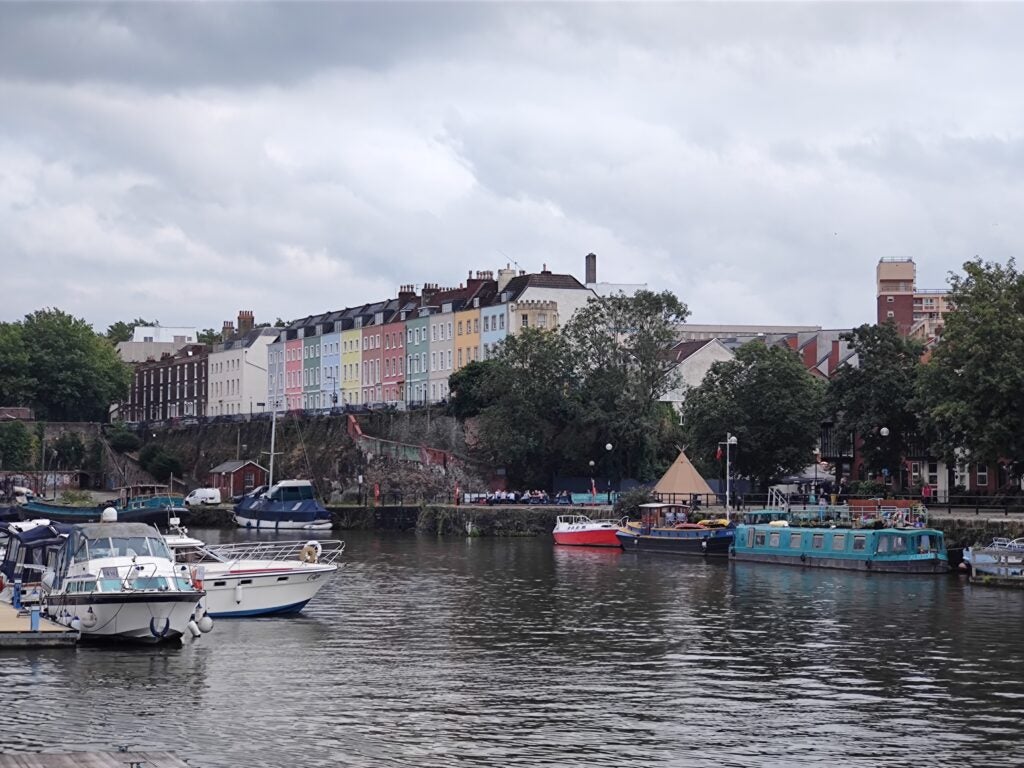
There’s also an 8-megapixel telephoto sensor. On the negative side, it isn’t massively sharp. On the positive side, it sports a deeper-than-usual 3x zoom lens, which opens up the possibility of some genuinely fresh framing. Unlike the main sensor, it also benefits from OIS.


A 32-megapixel selfie camera seems to be pretty good on paper, but it isn’t too hot in practice. I observed bags of grain and purple fringing, while the selfie Portrait mode smudged out an alarming amount of edge detail, giving me an even more ghostly appearance than usual.
Performance
- Capable Snapdragon 778G processor
- 8GB of RAM and 128/256GB of storage
- Light, near-stock Android 11
The Motorola Edge 20 runs on Qualcomm’s Snapdragon 778G processor, which is a very similar chip to the Snapdragon 780G that proved so impressive in the Xiaomi Mi 11 Lite 5G.
It’s a partial downgrade on that chip, but this amounts to a simple production switch from Samsung’s 5nm processor to TSMC’s slightly less efficient 6nm node. When you really get down to it, this is yet another punchy mid-range chip that isn’t too far off the standard of a 2020 flagship, backed by a strong 8GB of RAM.
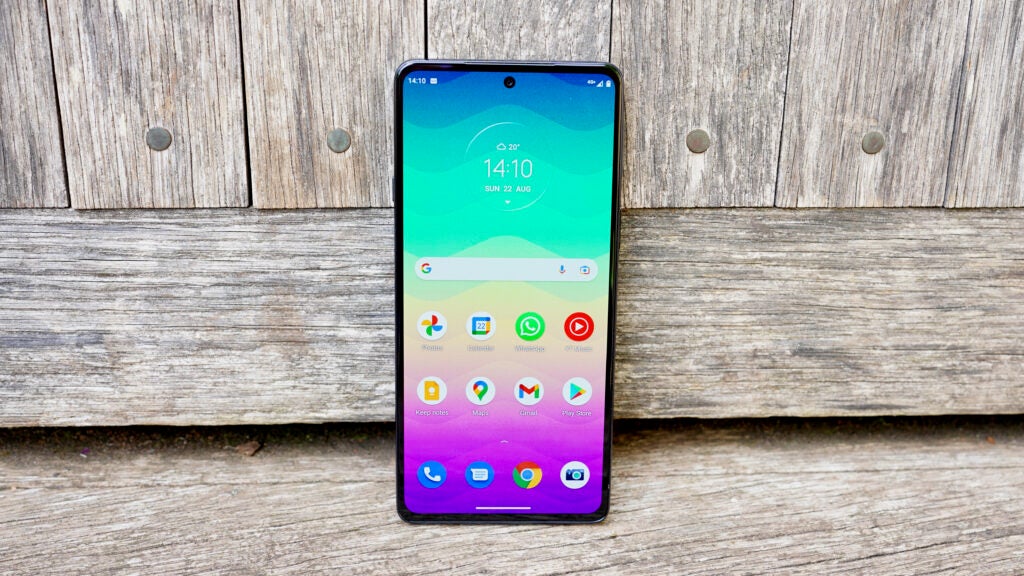
An average Geekbench 5 multi-core score of 2768 falls around 150 short of the aforementioned Xiaomi Mi 11 Lite 5G, and is almost identical to the OnePlus Nord 2 with its speedy Dimensity 1200-AI processor. It falls about 600 short of the Poco F3, which continues to rule the mid-range performance roost with its Snapdragon 870 chip.
In general navigation, the Motorola Edge 20 feels fast and smooth. That Snapdragon 778G is more than capable of driving the phone’s rapid 144Hz display, and we didn’t pick up on any real pauses when opening and flitting between apps.
In the 3DMark Wild Life GPU test, the Motorola Edge 20 scores 2481. That’s well short of the OnePlus Nord 2’s 4226 and the Poco F3 on around 4100. If you’re after mid-range gaming performance, the Edge 20 isn’t quite in the same league as those two rivals.
Sure enough, Genshin Impact defaults to Low graphical settings, where the two aforementioned rivals will default to Medium. That said, it did remain quite smooth and playable on High, bar the odd pause.
Any dedicated gamers on a budget should probably look elsewhere for their gaming kicks. No only do the OnePlus Nord 2 and the Poco F3 offer faster performance, they also both have stereo speakers, which the Edge 20 lacks.
You’re well-catered for on the internal storage front here, with either 128GB or 256GB on offer. There’s also a microSD slot, which is a welcome provision.
That internal storage isn’t the fastest we’ve seen in this class, however. We recorded a read speed of 629MB/s and a write speed of 180MB/s, which is half and a third of the speed of the OnePlus Nord 2 respectively.
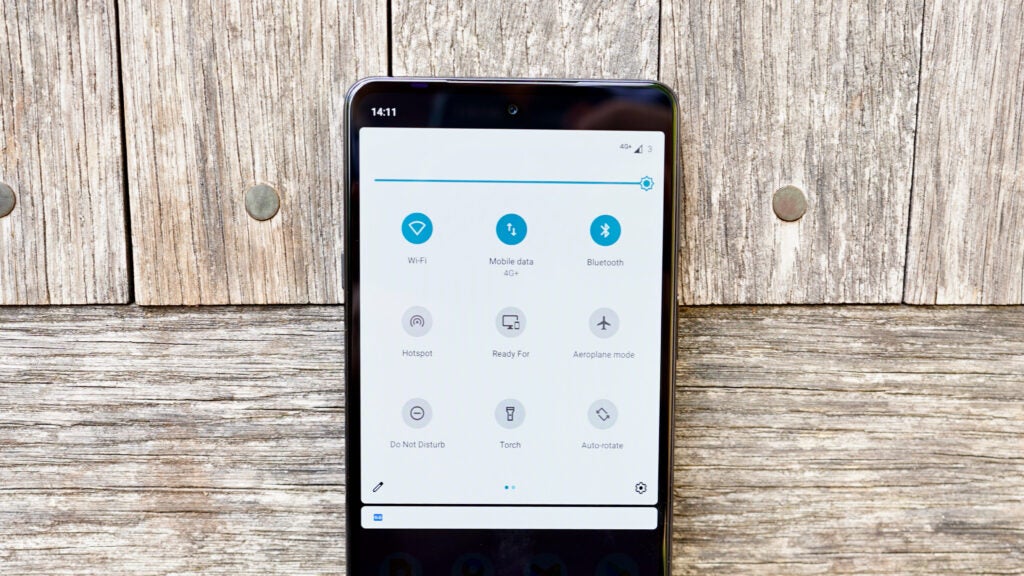
Motorola’s light take on Android is always welcome. This is Android 11, pure and simple, with minimal customisation. As usual, Motorola adds its own Moto app, which bundles all its thoughtful little tweaks and additions into one brightly presented interface.
You can access things like Moto Gestures here, which lets you execute a double-twist to open the camera, a double-chop to start the torch up, and other smart shortcuts.
It’s predominantly positive on the software front, but there are a few annoyances. Motorola’s stock tones are rather obnoxious, although of course these can all be altered. Its icons also feel a little chunky to my eyes, although that too can be changed through the Home settings menu.
Battery life
- Decent stamina despite small 4000mAh battery
- 30W charging
- No wireless charging
The Motorola Edge 20 packs a 4000mAh battery, which is rather small for a modern mid-range smartphone. Both the OnePlus Nord 2 and the Poco F3 come with 4500mAh units, and even the svelte Xiaomi Mi 11 Lite 5G manages 4250mAh.
With that said, the Motorola Edge 20’s stamina is perfectly competent. A long 16-hour day of moderate use (around 4 hours’ screen-on time) would typically leave me with around 40% in the tank – and this was with the screen refresh rate locked to 144Hz, rather than the more efficient Auto mode default.
An hour of Amazon Prime video streaming, with the screen set to 144Hz and full brightness, lost 10% of a charge. That’s comparable with the OnePlus Nord 2 (9%), but much worse than the similarly priced Sony Xperia 10 III. The latter is a much less impressive runner all round, however.
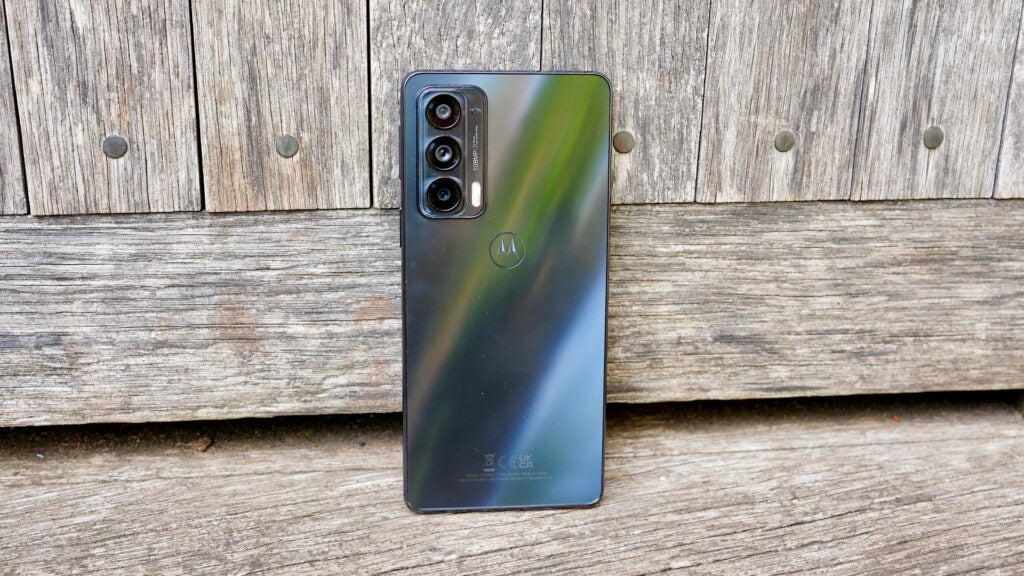
When it comes to recharging, you get a 30W TurboCharger bundled in. That’s roughly comparable to the Poco F3 and the Xiaomi Mi 11 Lite 5G (both with 33W), but way behind the impressive OnePlus Nord 2 (65W).
It’s still reasonably fast, with a 0 to 50% recharge time of around 25 minutes, and 0 to 100% in around an hour. But the OnePlus can hit those marks in around half the time.
There’s no wireless charging provision here, but that’s not at all unusual in the £400 category.
Latest deals
Should you buy it?
You want the smoothest screen possible for less than £500 There aren’t many phones that offer a screen refresh rate in excess of 120Hz. The Motorola goes up to 144Hz.
You want a dead-flat design Unlike the original Edge, and many of the Edge 20’s rivals, you’re getting a curve-less design here.
You’re not prepared to rock The Motorola Edge 20’s large, tiered camera module makes it very unstable when you lay it down on a flat surface.
You’re a committed gamer The Motorola Edge 20 can handle games well, but it falls behind the OnePlus Nord 2 and the Poco F3 for raw graphical output, and it doesn’t have stereo speakers.
Final Thoughts
The Motorola Edge 20 has lost some of the classy appeal of its predecessor, and feels rather less special as a result. But it applies its resources quite well, with a healthy performance bump, a sharp 108-megapixel camera, and an atypically fluid 144Hz display.
It’s design needs some work, and you undoubtedly miss out on a few little quality-of-life features such as stereo speakers. Camera performance falls off quite dramatically with the light, too.
Ultimately, the Motorola Edge 20 isn’t quite as complete a mid-range package as the OnePlus Nord 2. It also lacks the raw performance and sheer outstanding value of the Poco F3. But it’s a composed and worthwhile alternative, with relatively few rough edges.
FAQs
You’ll get a full day of moderate to heavy use out of a single charge.
Yes.
6.7 inches.
No.
Android 11.
August 16, 2021.
Yes.
One week.
Specs
How we test
We test every mobile phone we review thoroughly. We use industry standard tests to compare features properly and we use the phone as our main device over the review period. We’ll always tell you what we find and we never, ever, accept money to review a product.
Used as our main phone during testing
Camera tested in multiple conditions to gauge every mode’s performance
Performance tested with real world and synthetic benchmarks
Battery determined using real world and simulated video and gaming tests
The post Motorola Edge 20 appeared first on Trusted Reviews.
Source Trusted Reviews ,Home Appliances Reviews


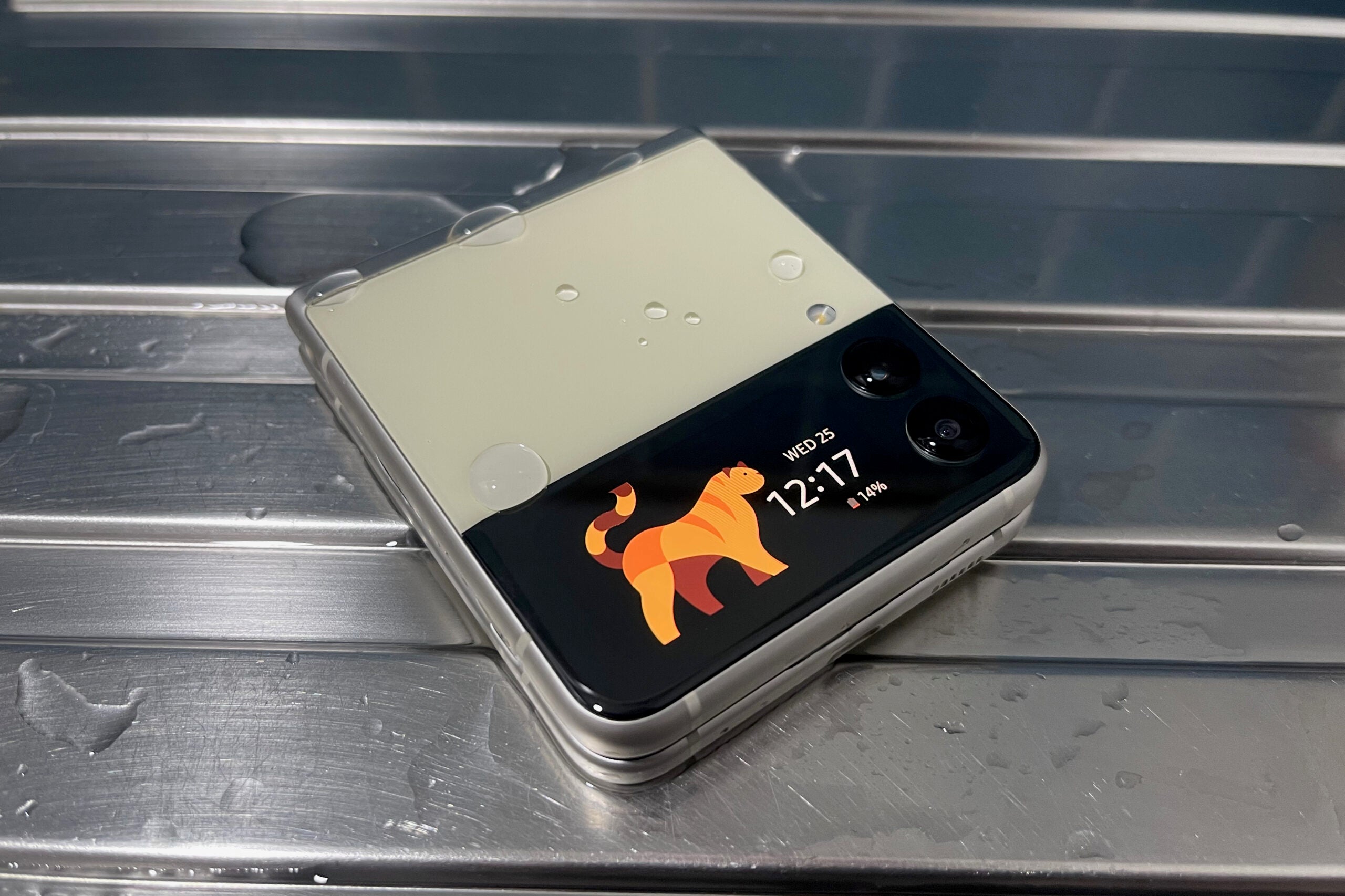
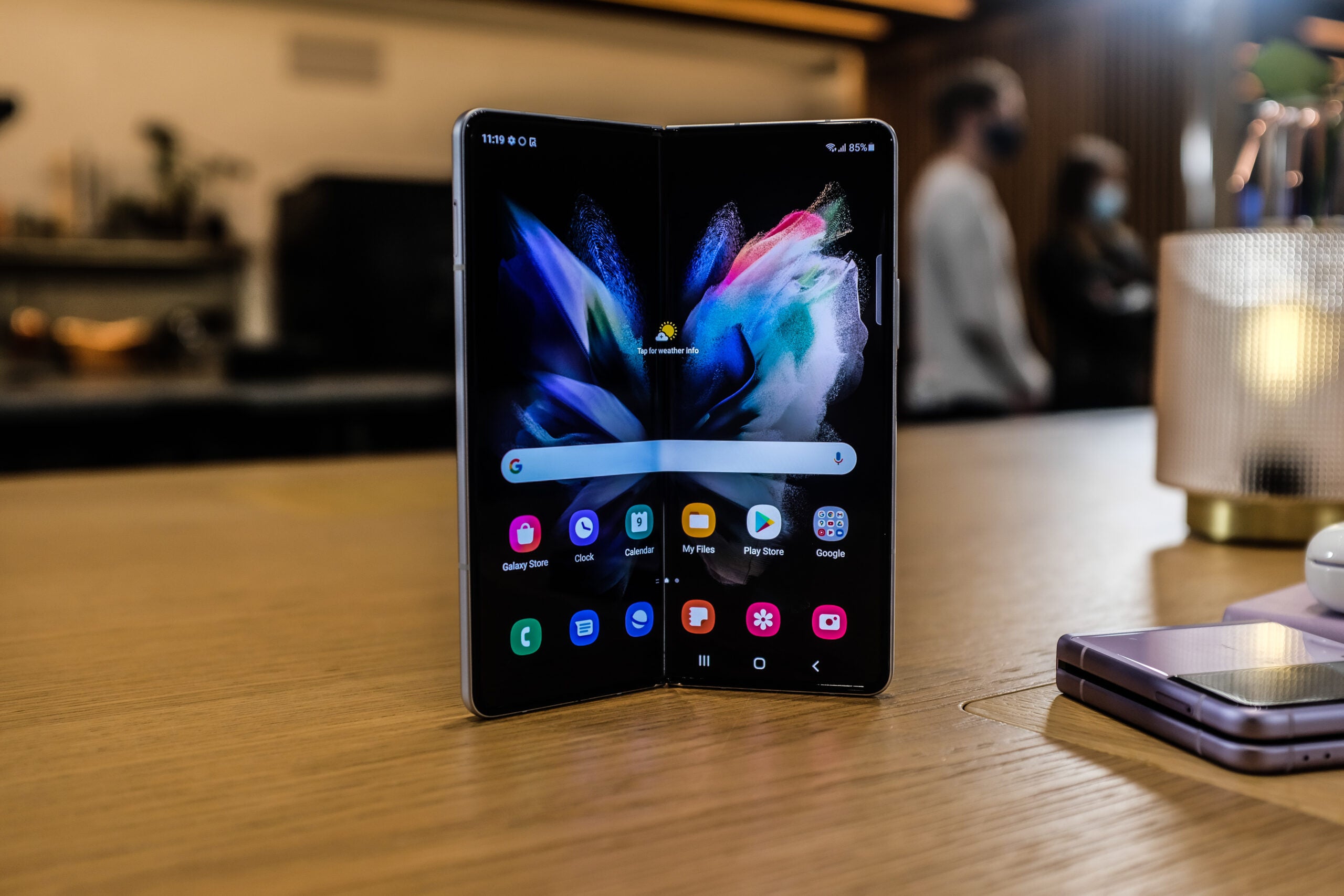
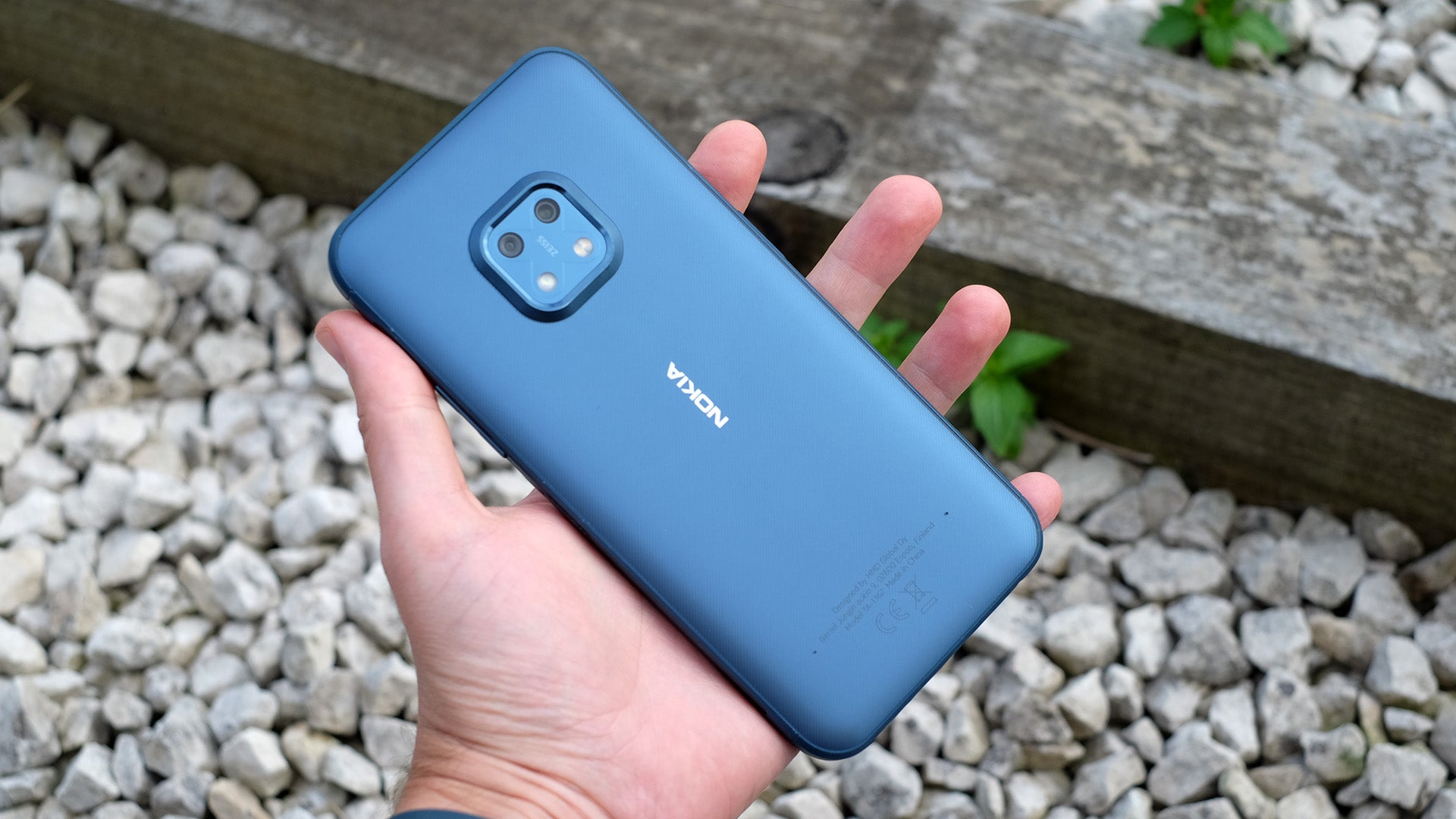
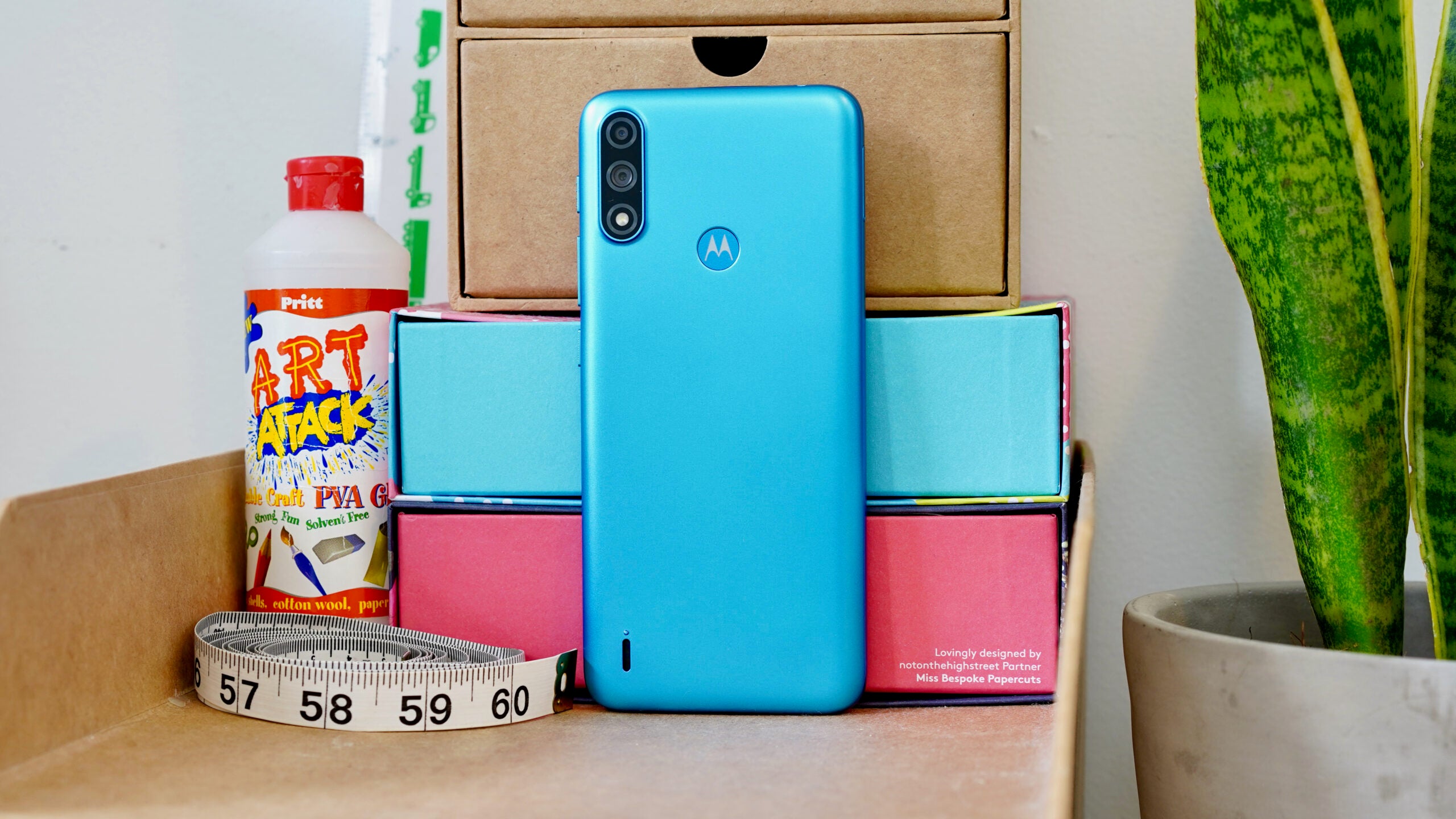
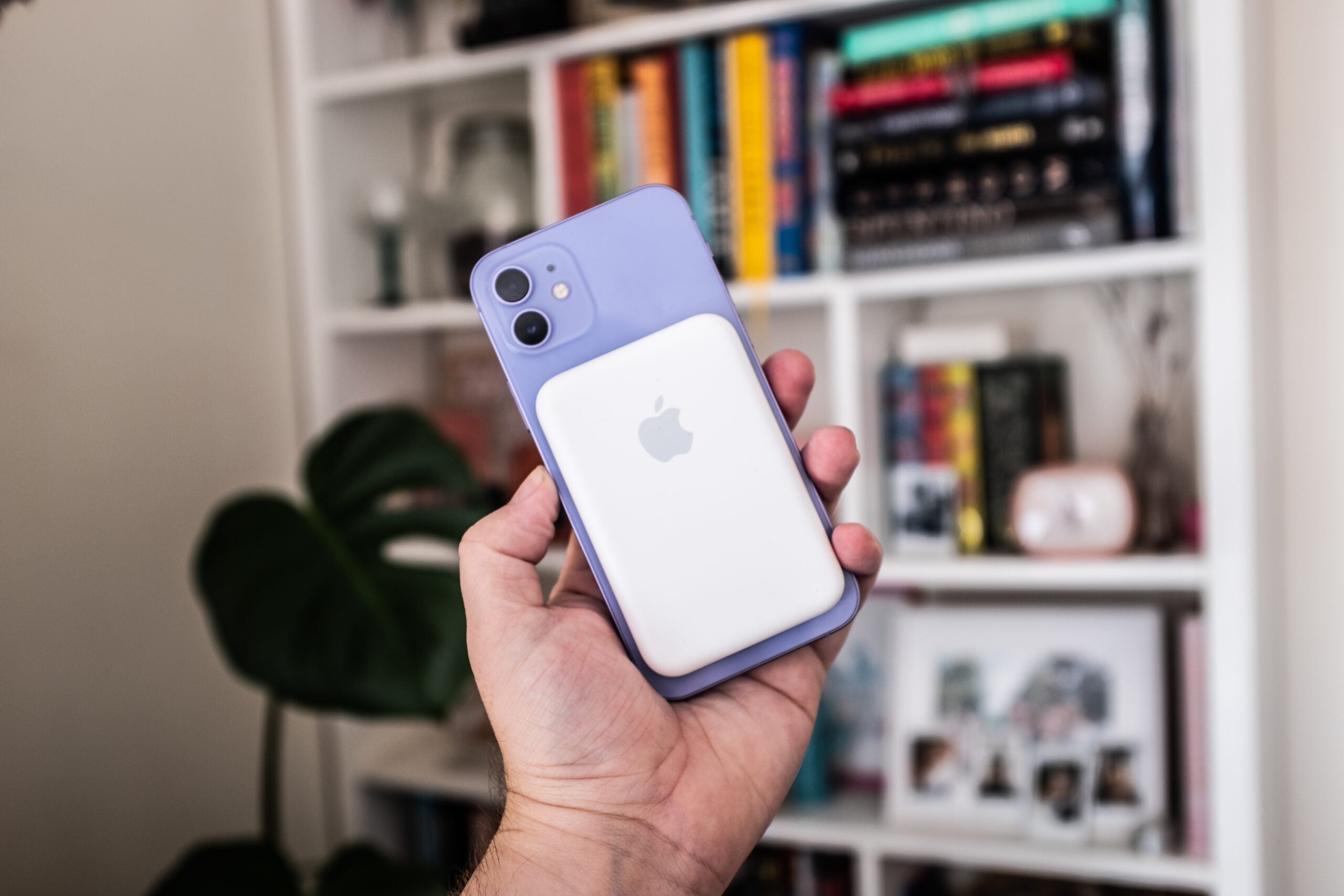
No comments